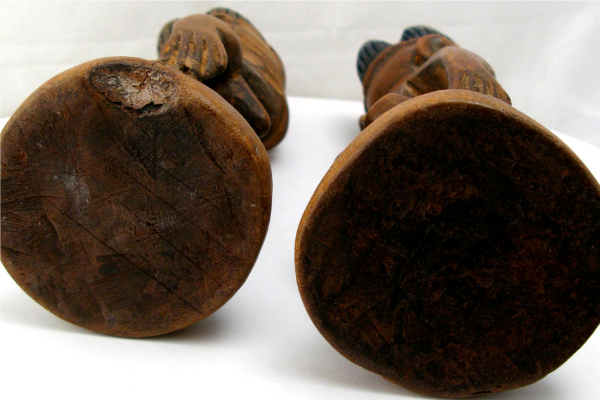
The tour guide had begun by saying, “Traditional African art is characterized by fear, that’s why most of our statues are ugly. European art is characterized by beauty.”
The rest of the class giggled as they moved on; a happy, laughing lot trailing the tour guide. I remained transfixed, staring at carved figures as they gleamed in the light.
They were relics from a different time; flat mahogany disks sitting on sturdy legs carved with an ancient language, fertility figures with drooping breasts and protruding stomachs.
There was an Abe, a blade used to mark an Abiku on its body for easy identification upon its certain return.
In vain your bangles cast charmed circles at my feet. I am Abiku, calling for the first and repeated time.
The Abe looked simple, innocent; it told no tales of the scars it branded Abiku children with.
A lifelike tree trunk down the hall caught my attention just then. With hollows for eyes and short twisted arms, I marveled at the expertise it must have required to create such a thing.
I inched closer as I reached out to touch it.
“How can they not see the beauty in our forms?”
I rubbed it—the scar on my arm hidden by my shirtsleeve, the secret proof of what I truly was.
I caught a glimpse of the tour guide as the class made their way around the corner towards me. His words echoed in my mind, “Traditional African art is characterized by fear.”
My mind’s violent rebuttal was instinctive; it sprung to the fore of my consciousness.
Our art is not created from fear. Sometimes it represents a message too powerful for beauty to explain.
About the Writer:
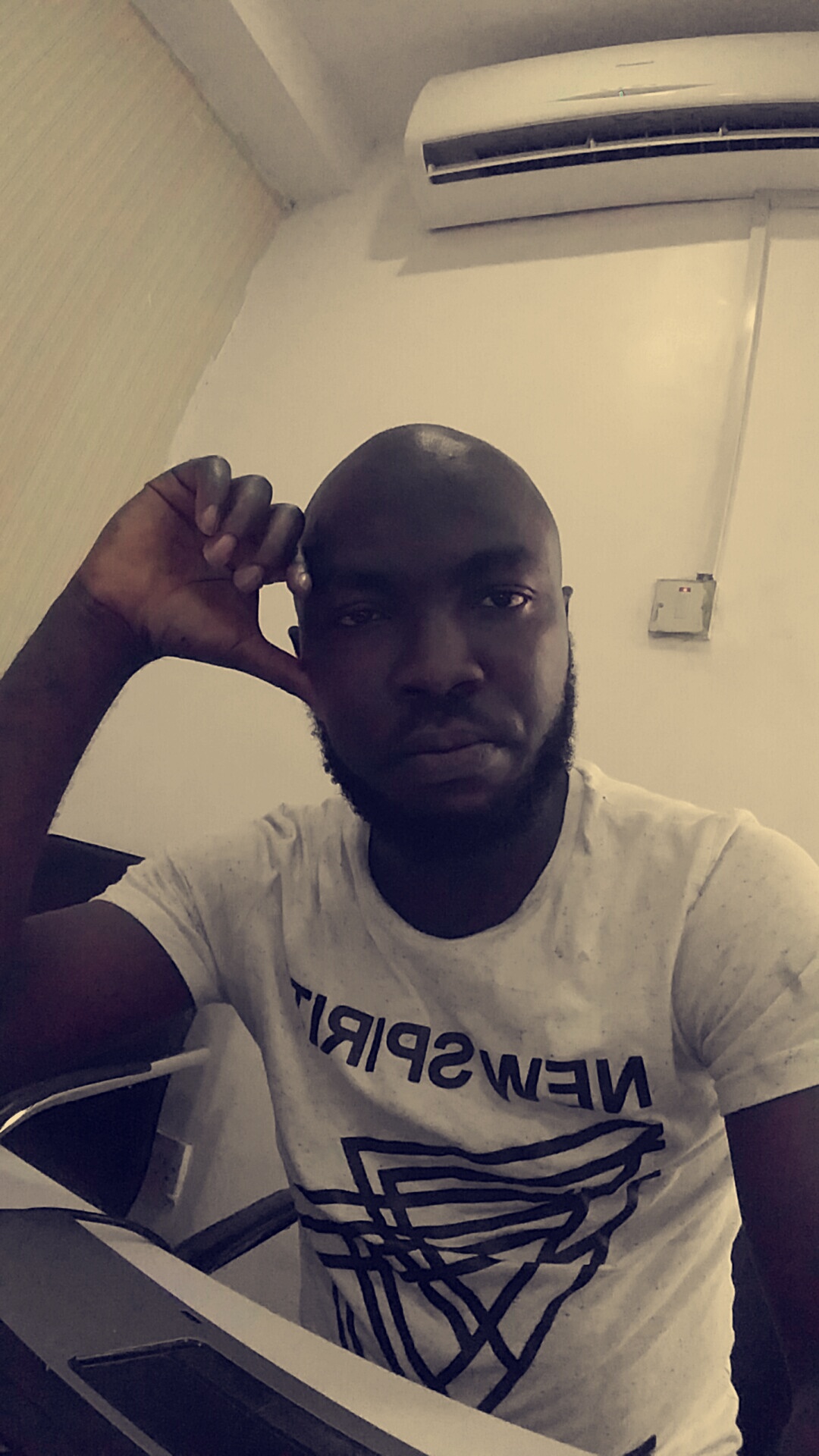 Olowogboyega Olumuyiwa is a 27-year-old Nigerian who works in Branding and Communications. He hopes to one day write bios like this and stuff them with all the journals and magazines where his works have appeared. He’s on Twitter @olumuyiwa__
Olowogboyega Olumuyiwa is a 27-year-old Nigerian who works in Branding and Communications. He hopes to one day write bios like this and stuff them with all the journals and magazines where his works have appeared. He’s on Twitter @olumuyiwa__


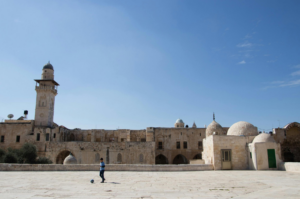
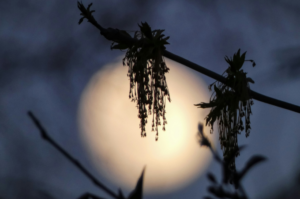
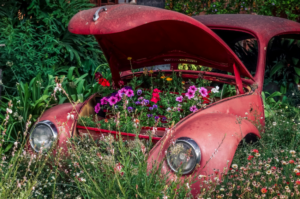
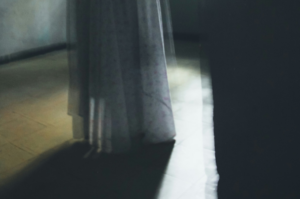
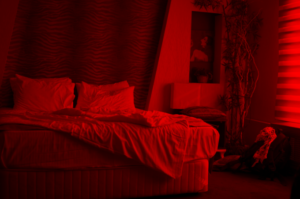


Catherine O February 20, 2019 04:49
Great short story - I would say that traditional african art is characterized by realism - stark, true, realism as opposed to art that is characterized by fantasy.